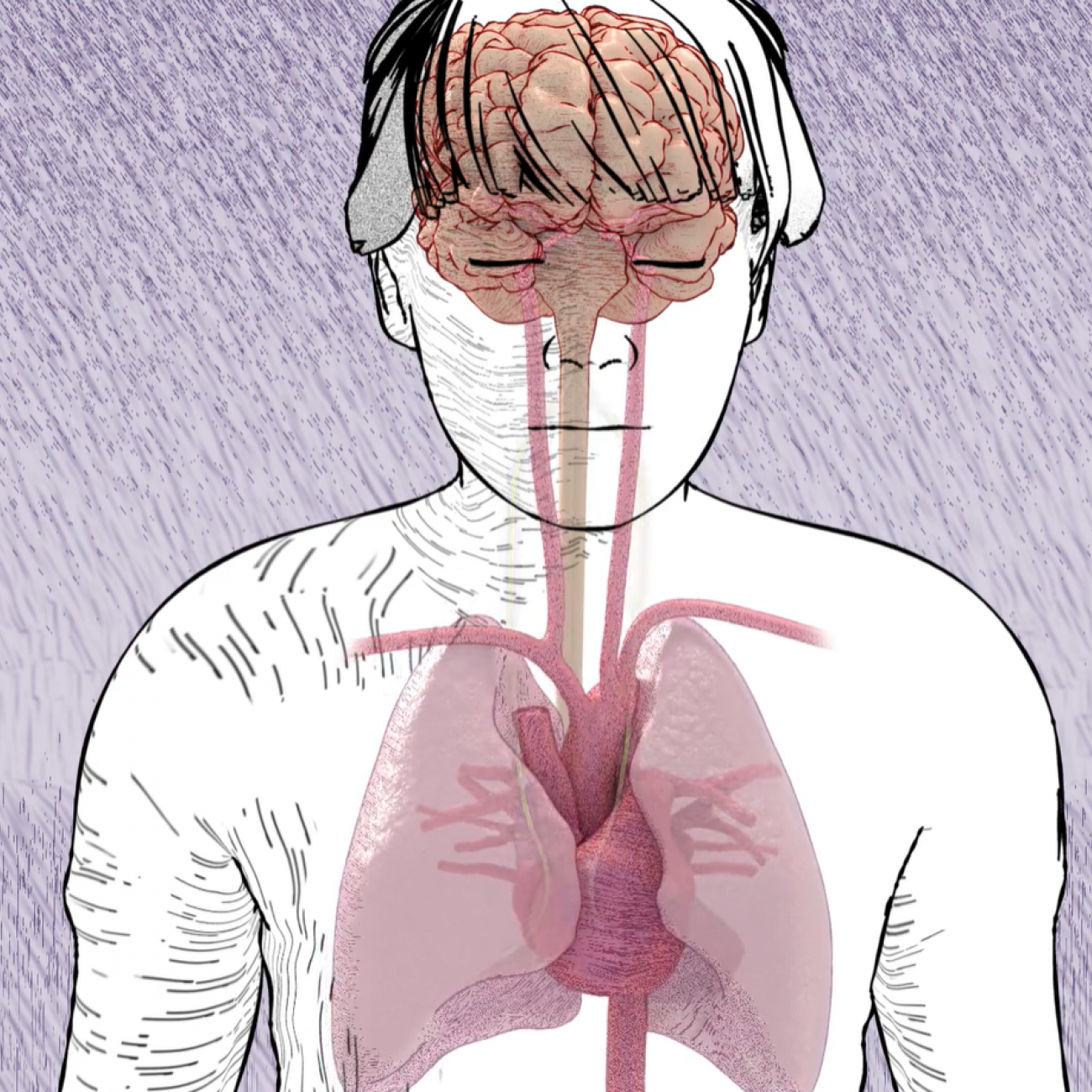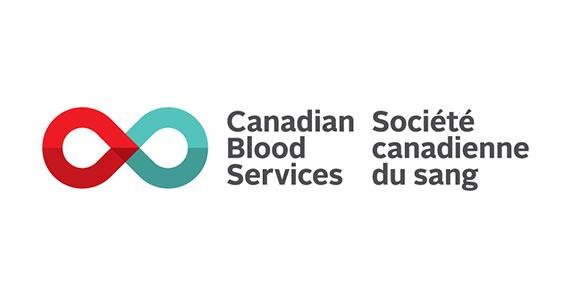
Video: Brain-based definition of death
Video: Brain-based definition of death
An animated video developed by the Canadian Critical Care Society (CCCS) in partnership with Canadian Blood Services (CBS) and the Canadian Medical Association (CMA) to help explain the three pathways that lead to death.
Transcript: The brain keeps us alive by acting as the command center of the human body. It lets us think, feel, move, breath and interact with the world. The brain needs to send signals to the lungs to breathe and collect oxygen.
Blood carries oxygen to the whole body. Oxygen fuels all parts of the body and brain. Death occurs when brain function ends. There are three ways this can happen.
First, the brain may have a serious injury and shut down. The injured brain may swell so blood with oxygen cannot flow into the brain.
Second, the heart may stop beating. If the heart doesn’t pump blood to the brain, then the brain doesn’t get oxygen.
Third, the lungs may stop breathing. If the lungs don’t collect oxygen, the heart stops beating. Then the heart cannot send blood with oxygen to the brain.
In all three cases, the brain tissue dies without oxygen. This is permanent.
Doctors can use machines to keep the heart and lungs working after death, but they cannot restart brain function. Because the brain keeps us alive, the end of brain function is death.


